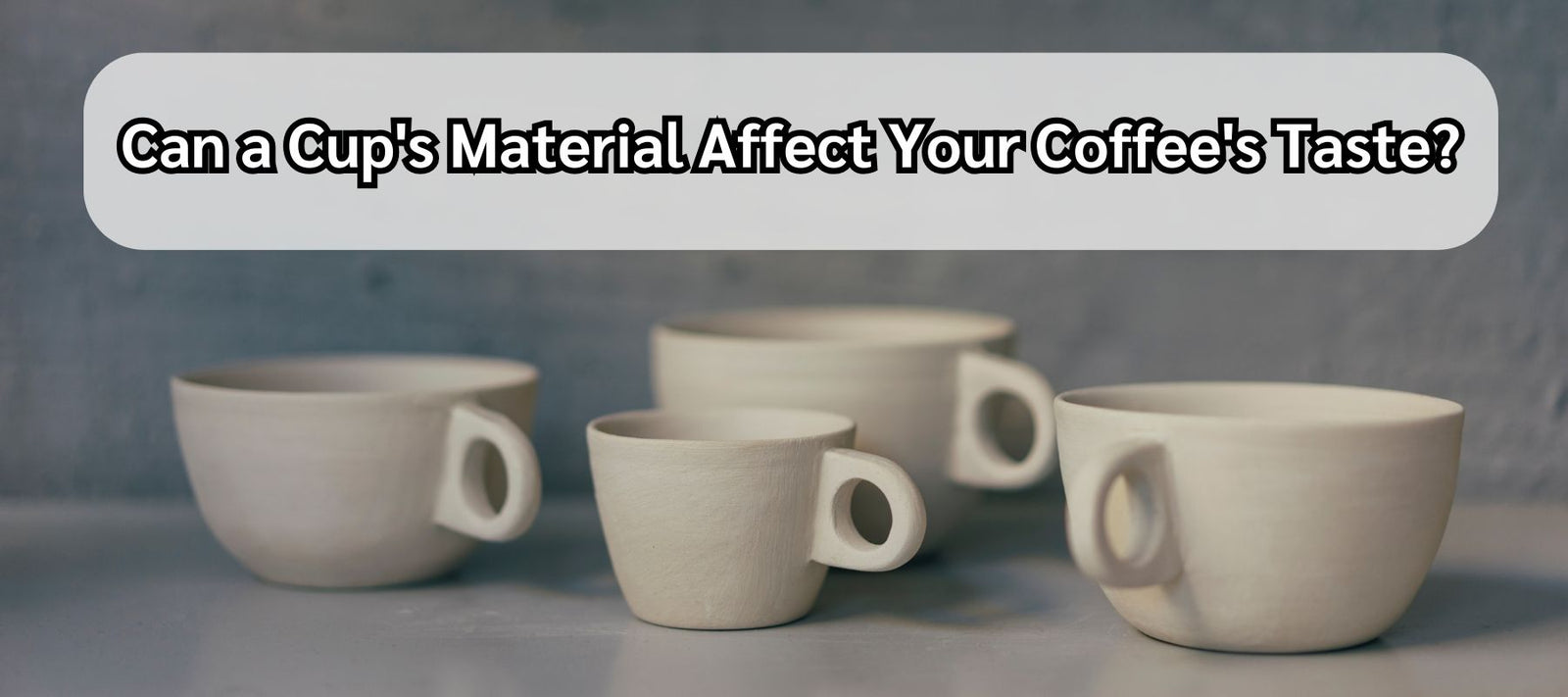
When it comes to enjoying a perfect cup of coffee, the cup's material might be the last thing on your mind. Yet, it plays a crucial role in shaping your coffee's flavor. This article, centered on the influence of 'Coffee cup material,' reveals how different materials can enhance or detract from your coffee experience. We'll explore how ceramics, glass, plastic, and metal interact with coffee, potentially altering its taste. From heat retention properties to chemical interactions, understanding how cup material affects your brew is key to unlocking the full potential of your coffee ritual.
How Does the Cup's Material Affect Your Coffee's Taste?
Exploring the impact of cup materials on coffee's taste, we delve into how ceramics, stainless steel, plastic, and glass each contribute uniquely to your coffee experience. This section examines these varied materials and their influence on flavor.
Ceramic cups
If you're aiming to savor the purest coffee flavors, ceramic cups emerge as an excellent pick. Ceramic, being neutral and flavorless, ensures the coffee's true essence remains intact without any absorption or transmission of unwanted tastes. What's more, ceramic boasts excellent heat-retaining properties, keeping your coffee pleasantly hot for an extended period, and allowing you to enjoy each sip to the fullest.

Ceramic coffee mugs can retain the original flavor of coffee
Stainless steel cups
Stainless steel stands out as a favored material for crafting cups due to its exceptional durability and recyclability.
But Inexpensive and low-quality stainless steel cups can indeed influence your coffee's flavor. Moreover, coffee comprises over a thousand compounds, some of which may interact oddly with metals, potentially introducing unusual taste notes into your brew.
Plastic cups
Many people opt for plastic cups due to their low cost and convenience, making them a popular choice for picnics and parties. However, apart from their impact on the environment and single-use nature, plastic cups can also impact the coffee's flavor. When hot coffee comes into contact with a plastic cup, it may release plastic particles that absorb flavors, thus changing the coffee's taste.

Plastic cups can affect the taste of coffee
Glass cups
Glass is a neutral material that minimally influences the coffee's taste. However, glass cups have a tendency to cool down the coffee rapidly, which can impact your overall coffee-drinking enjoyment.

Glass cups can cause coffee to cool faster
👍 Explore more: What Are the Best Mug Materials? Your Complete Guide.
How Does the Cup's Shape Affect Your Coffee's Taste?
In one study, participants found that narrower mugs enhanced the aromatic qualities of the coffee, while shorter cups or mugs tended to make the coffee taste more bitter and robust. On the other hand, wider cups brought out sweeter flavors.
There's a term in coffee appreciation called 'headspace,' which refers to the space between the liquid and the top of the cup. When there's limited headspace, like when your cup is filled to the brim or the cup has a narrow opening, there's less room for the coffee's aromatic qualities to shine.
👍 Explore more: Exploring Mug Sizes: Finding the Perfect Cup for Your Coffee.
How Does the Cup's Color Affect Your Coffee's Taste?
The color of your coffee cup can significantly impact how you perceive the taste and overall flavor of your coffee. In a fascinating study, researchers found that coffee served in a white cup was often perceived as more intense compared to the same coffee presented in the color mug. This effect is attributed to the psychology of color.

White coffee cup will taste better than other colored coffee cups
How the Coffee's Temperature Affects the Taste?
Coffee's temperature matters for two main reasons: extraction and sensory perception. Brewing too hot can lead to bitterness while brewing too cold results in weak, sour flavors. Enjoying coffee at the right temperature enhances flavor perception and aroma release. The ideal range for brewing is 195°F to 205°F (90°C to 96°C). As coffee cools slightly, its flavors become more pronounced, making it easier to savor the complexity of tastes and aromas. Finding the right temperature balance is key to a satisfying coffee experience.
Conclusion
In conclusion, the choice of cup material does indeed play a role in shaping your coffee's taste. Ceramic cups preserve the coffee's original flavors, while stainless steel and plastic cups can sometimes introduce unwanted notes. Glass cups, though neutral, cool down coffee quickly. The cup's shape, color, and even temperature also influence taste perception. So, when savoring your favorite brew, consider not just the coffee beans but also the vessel it's in for the ultimate coffee experience.
You may aslo like:
👍 Coffee Lover's Guide: How to Clean Coffee Mugs with Ease.
👍 Glass vs Ceramic Mugs: Making the Right Choice for Your Brew.
👍 Ceramic vs Stoneware Coffee Mugs: Choosing the Perfect Cup.


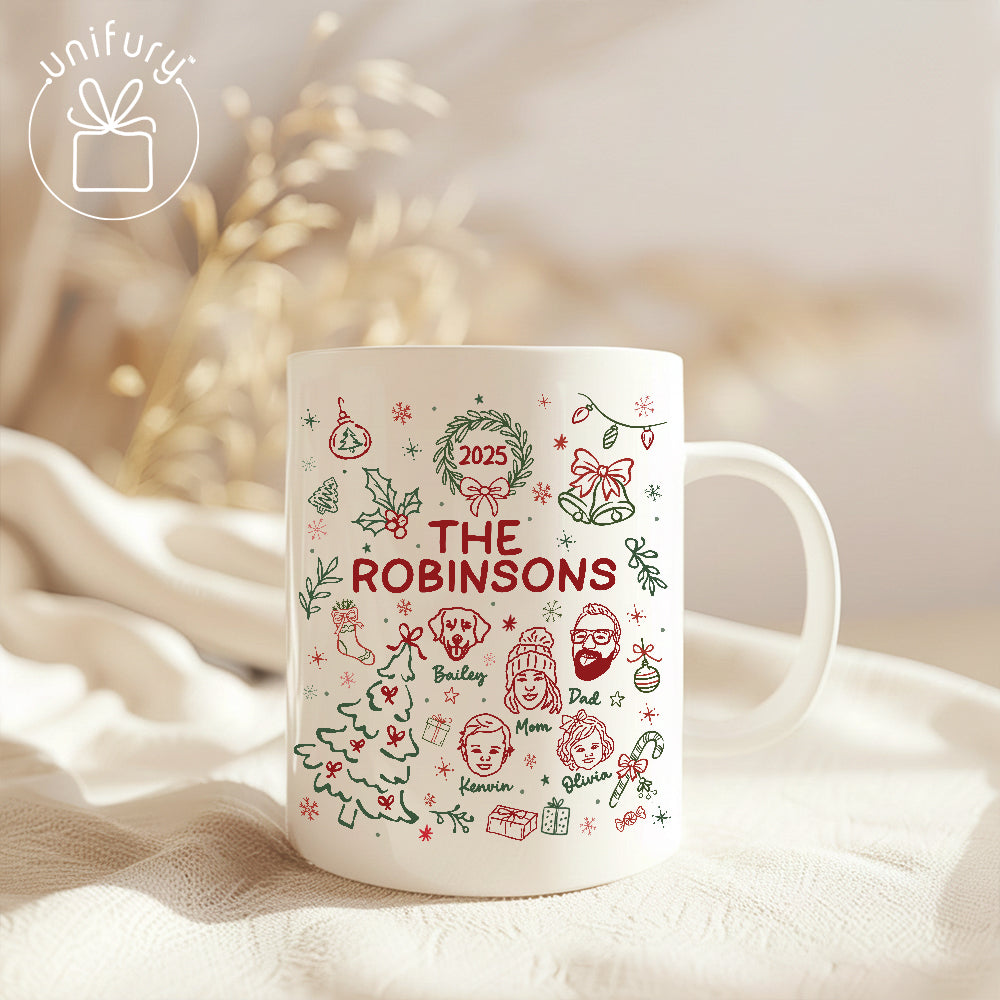
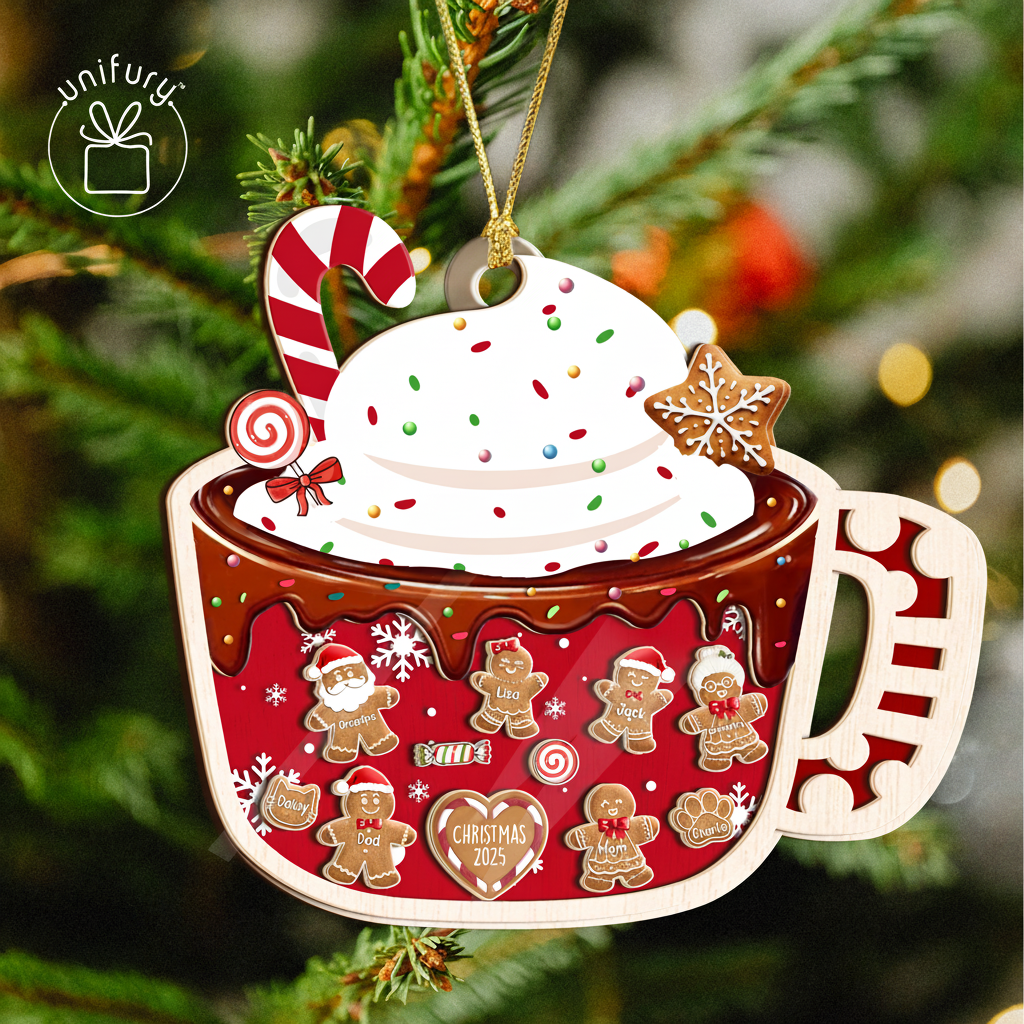

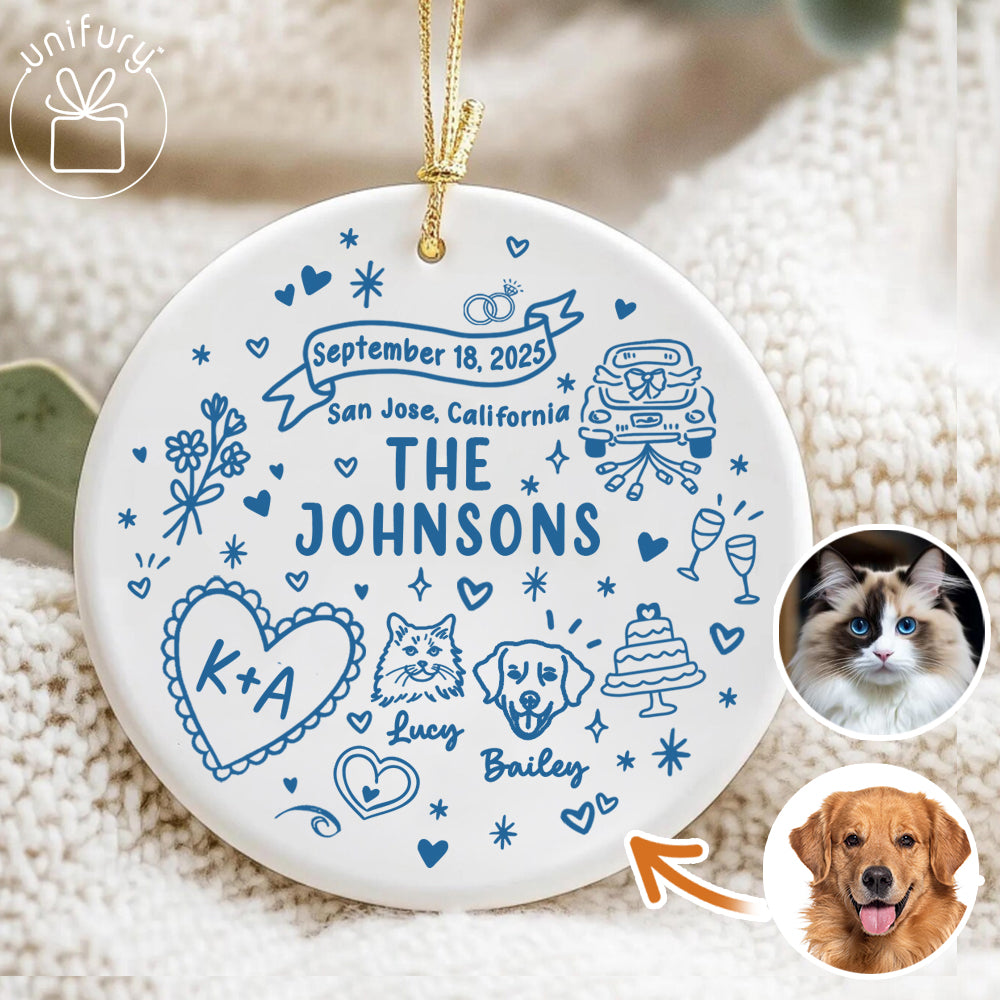
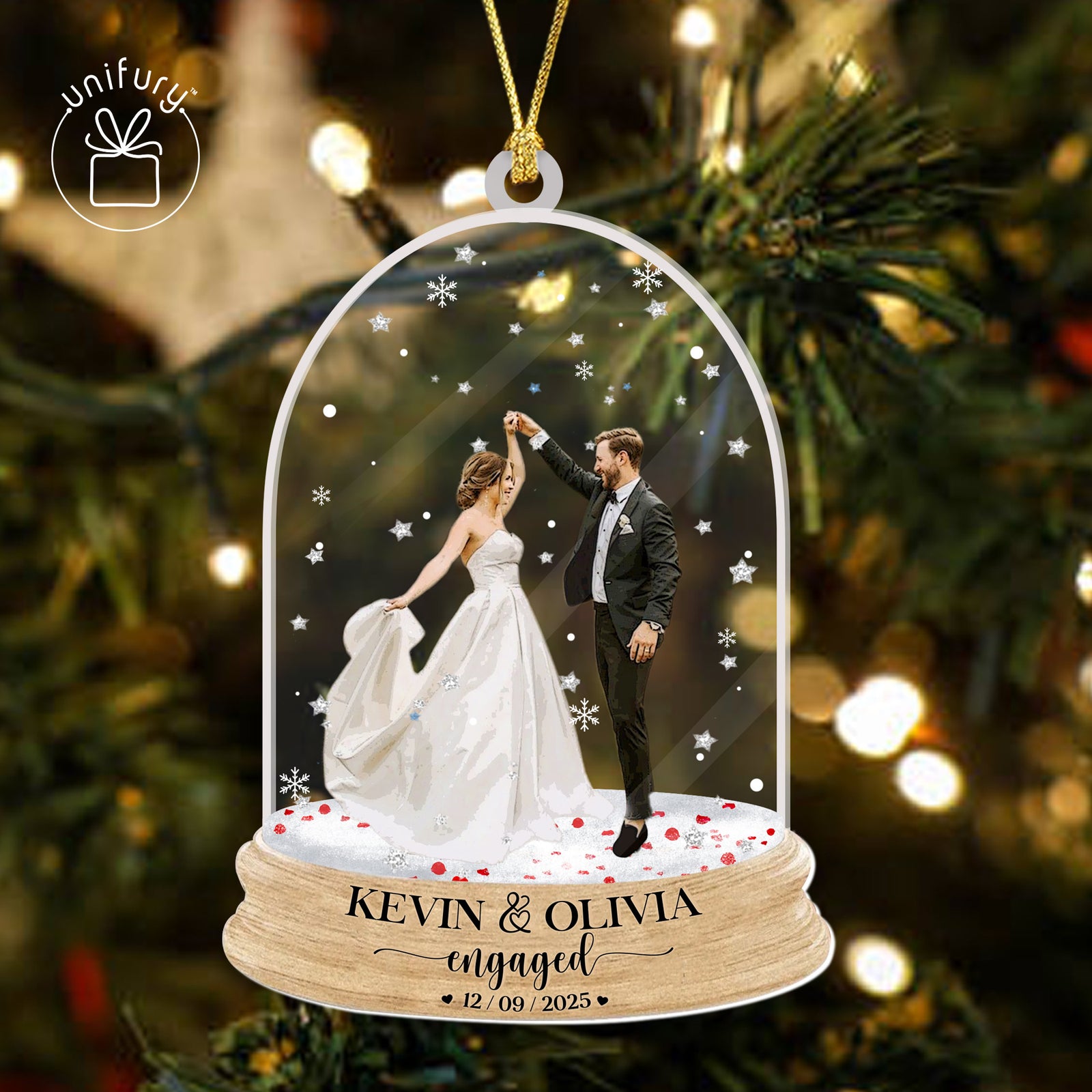
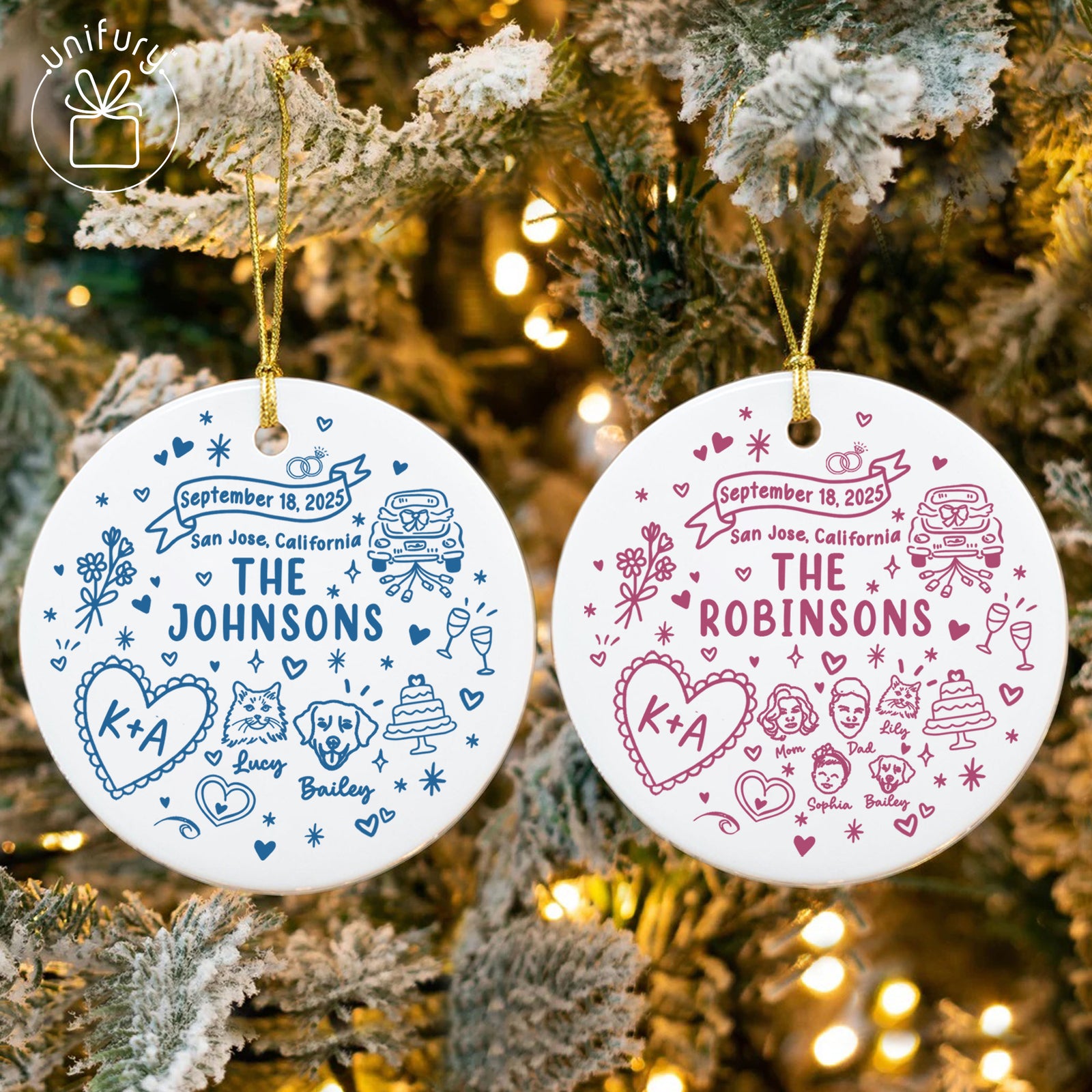

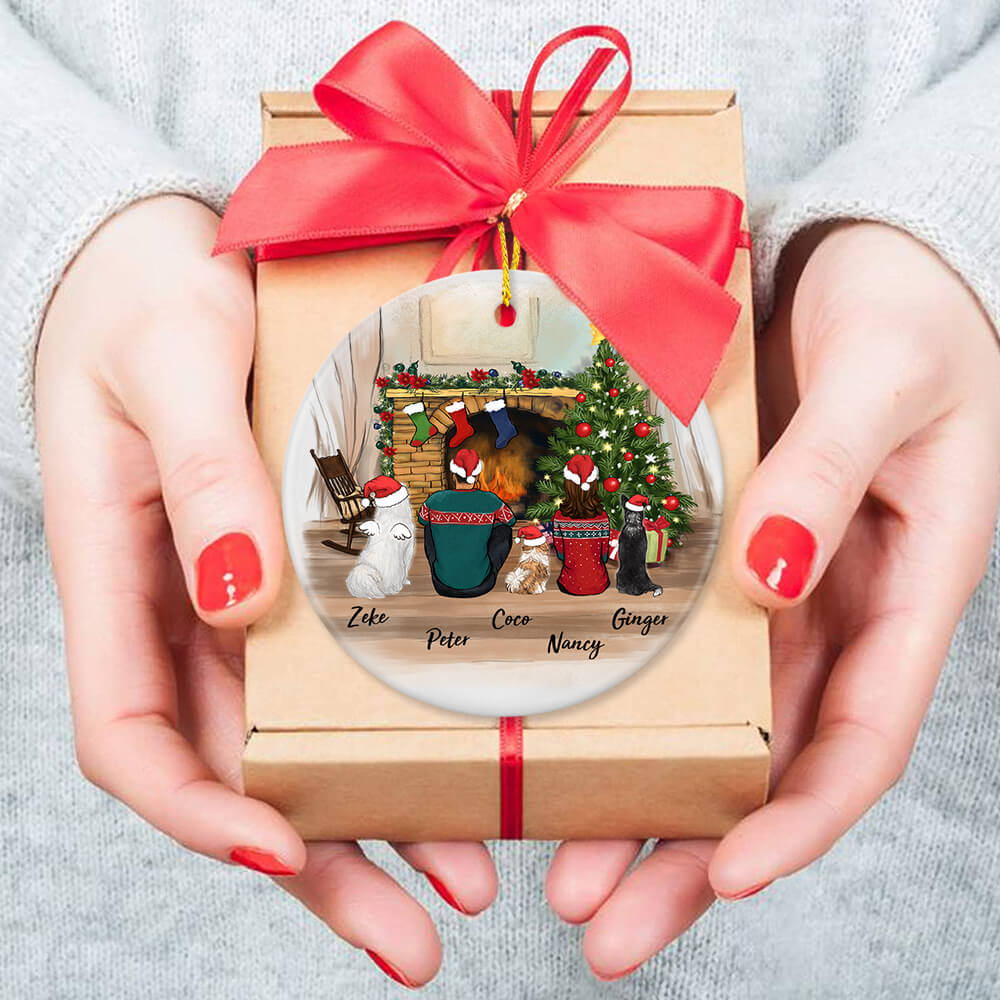

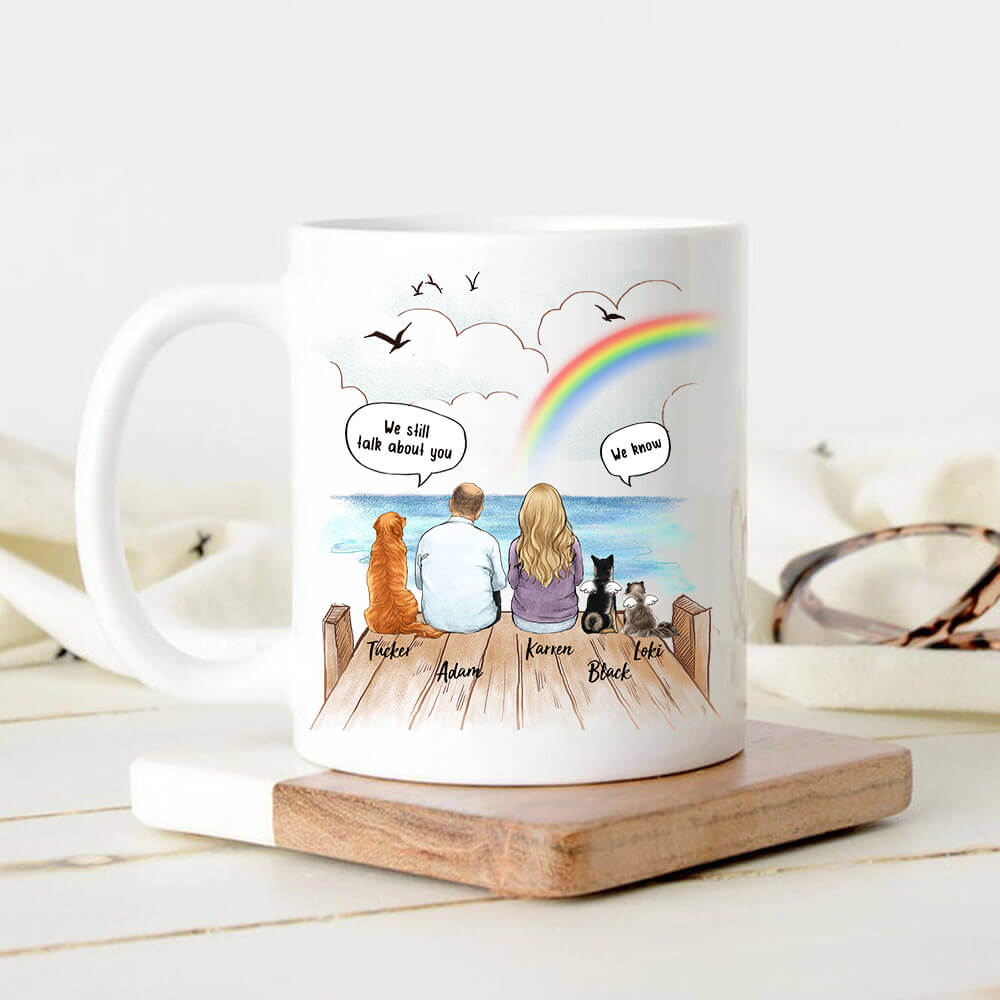


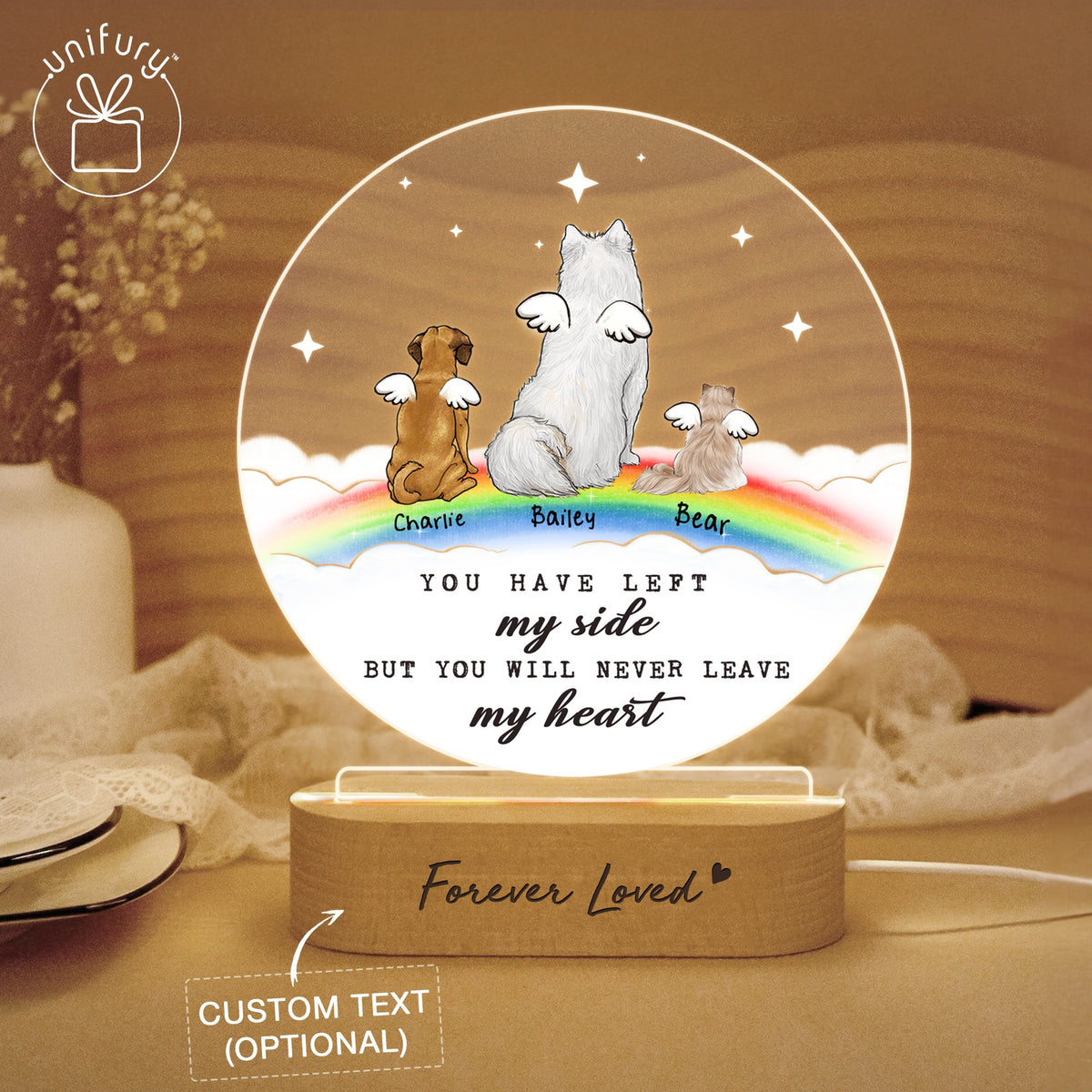



Leave a comment